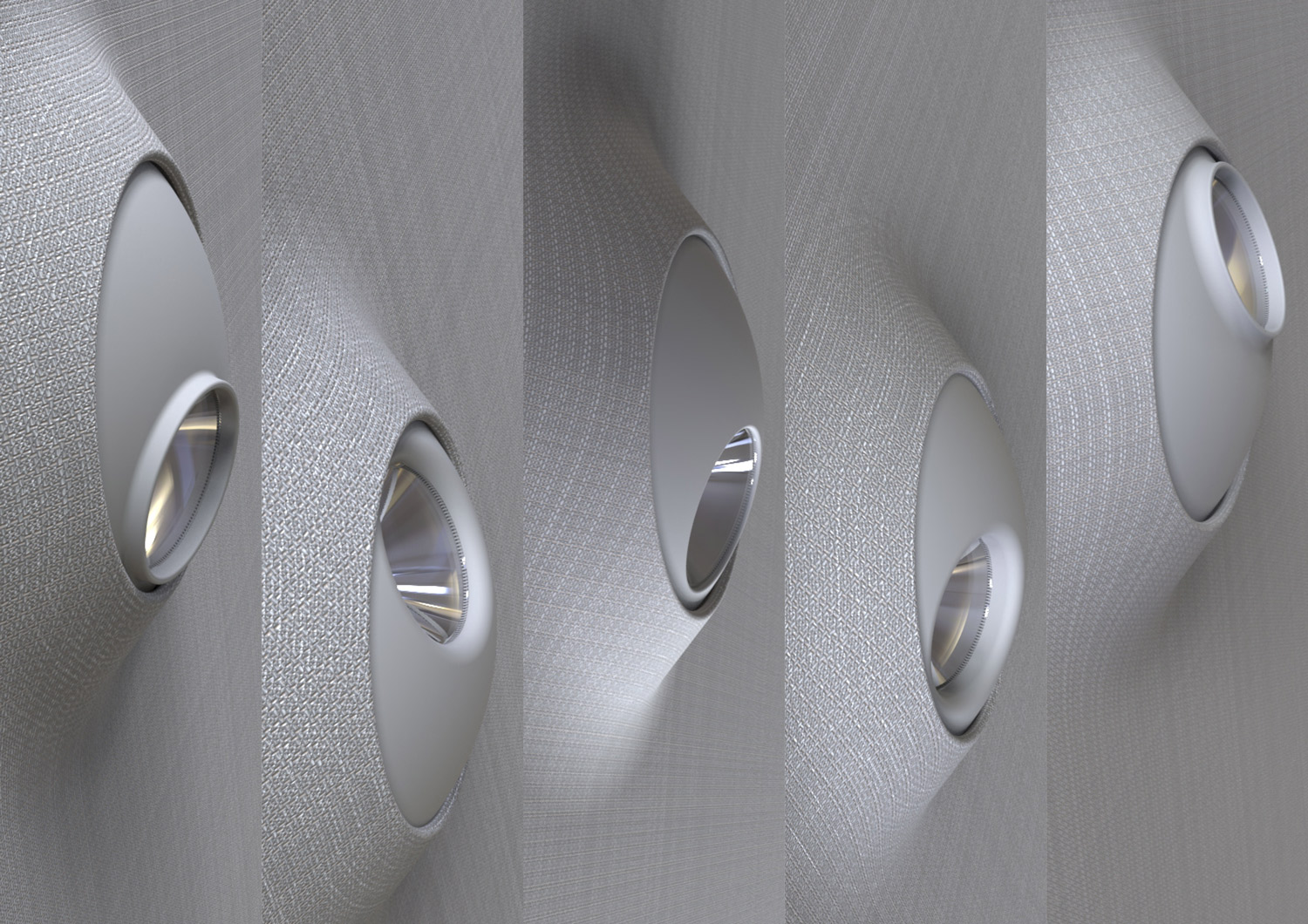
Reactive Environment Outlet - Shape Memory Material Outlet
For my graduation project, Toyota Motor Europe wanted to explore the use of smart materials in their future autonomous car. As a result of this exploration, I designed a concept of adaptive outlets located in the interior of the autonomous car. These outlets react to the change in seating location and position of the passenger to provide them their preferred environment, and are therefore called Reactive Environment Outlets (REOs).
Research
This started as an explorative project to investigate possible applications of shape memory materials in autonomous cars. Shape memory materials are materials that can recover their original shape on deformation after application of an external stimulus.
Using a context driven design approach this was transformed from a technology push project to a project that would solve the needs of users in future autonomous cars using shape memory materials.
Design process
Context driven design framework
To create a context of future autonomous cars, I mapped a user journey based on company and future context research.
Ideation
Through this user journey, I observed that as autonomous car users would be able to perform other activities, they would have some basic needs during the journey. These needs could be classified into four categories of need for human interaction, work, relaxation and space. By co-relating the capabilities of the shape memory materials with these needs, I created many product ideas.
Based on properties of the shape memory materials and feasibility, a product idea was selected which aligned most appropriately with Toyota's value proposition.
The product idea was to create adaptive outlets inside the car which provide sound, light and air to the passenger. These outlets would sense the change in seating position or location of the passenger and would move accordingly to provide the preferred environment to the passenger inside the car.
Function and form
For the function, I studied the desired movement of the outlet and designed a mechanism in a way that the movement would be actuated by shape memory materials and locked by friction.
After finalizing the mechanism, I created many form options for the outlet and selected one form on the basis of the intended user-product interaction.
Styling
To style the outlet for the Toyota Concept-i autonomous car, I created a collage of its interior elements like lights, graphics and transitions for inspiration. Based on this collage and the intended qualities of the outlet, I finalized the final outlet design for the Concept-i.
Final appearance of the light, air and sound outlet for the Concept-i and the movement of the outlet.
Proof of concept
I also developed a prototype of the outlet mechanism which was a proof of concept to evaluate and support the idea of implementation of shape memory materials for Toyota.
The use of shape memory materials helped me in creating a very simple and compact outlet mechanism which could be embedded within the car body. This would not be possible with traditional actuators like motors.














